Ganga mission gets the power to allow treated sewage into water bodies (Indian Express)
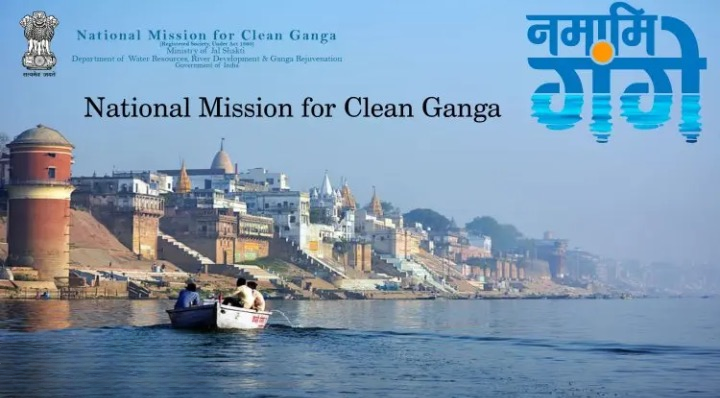
- 12 Jan 2024
Why is it in the News?
The National Mission for Clean Ganga (NMCG), the Centre’s nodal agency responsible for the abatement of pollution in river Ganga and its tributaries, has assumed new powers under which it may now permit the discharge of treated sewage and effluent that conforms to the prescribed “norms” into the river, canal or water bodies.
About the National Mission for Clean Ganga (NMCG):
- The National Clean Ganga Mission (NMCG) is a flagship programme developed by the National Council for the Rejuvenation, Protection and Management of the Ganga River, also known as the National Ganga Council.
- It is registered as a society under the Societies Registration Act, 1860.
- It came into existence on August 12th 2011 and is supported by the State-Level Program Management Groups (SPMGs) in Uttar Pradesh, Uttarakhand, Bihar, Jharkhand and West Bengal.
- The Government of India established this body to encourage a coordinated effort by the listed states to tackle the contamination of the Ganga River by offering financial and technological assistance.
Key objectives of the National Mission for Clean Ganga (NMCG):
- The project entails rehabilitating and boosting existing STPs and immediate short-term action to reduce pollution at the exit points on the riverfront in order to control the inflow of sewage.
- To preserve the consistency of the water cycle without altering the fluctuations of the natural season.
- Restore and control surface and groundwater supply.
- Regenerate and preserve the natural flora of the city.
- To preserve and invigorate the aquatic biodiversity and the riparian biodiversity of the Ganga River basin.
- Enable the public to engage in the process of protecting, rejuvenating and maintaining the water.
Major functions of the National Mission for Clean Ganga (NMCG):
- Execution of the National Ganga River Basin Authority (NGRBA) work program
- Integration of the National Ganga River Basin Project supported by the World Bank
- Supervise and manage the execution of projects approved by the Government of India under NGRBA
- To perform some additional research or duties as may be delegated by MoWR, RD & GJ in the context of restoration of the Ganga River
- Layout regulations and procedures for the conduct of NMCG affairs and contribute or revise, vary or amend them as and when required
- Grant or accept financial aid, loan securities or properties of any kind, and undertake and approve the management of any endowment trust, fund or gift that is not incompatible with the objectives of the NMCG.
- Take all such action and take any other action that might seem appropriate or relevant to the accomplishment of the goals of the NGRBA.
Article 30 Not Intended To Ghettoise Minorities, Minority Institution Can Include Others In Administration: Supreme Court In AMU Case Hearing (Indian Express)
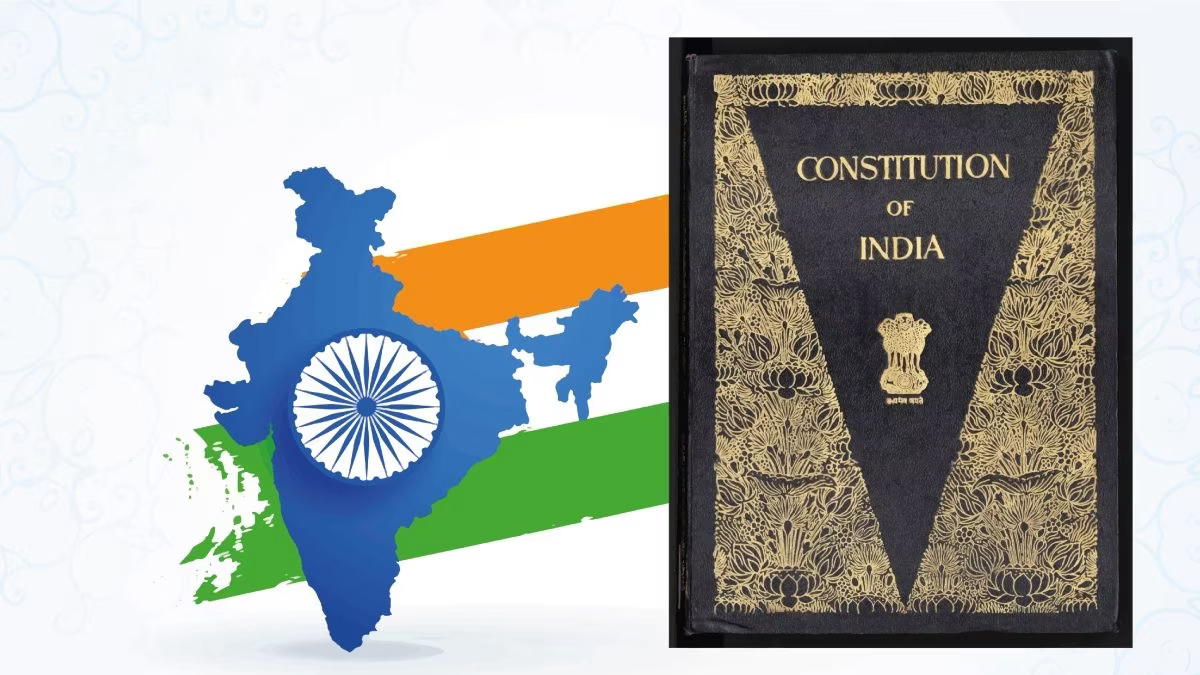
- 12 Jan 2024
Why is it in the News?
In a recent observation, the Supreme Court, headed by Chief Justice of India D Y Chandrachud, highlighted that the right granted to religious and linguistic minorities to establish and administer their educational institutions under Article 30(1) of the constitution was not intended to "ghettoise" them.
What is Article 30 of the Indian Constitution?
- Article 30 of the Indian Constitution states the right of minorities to establish and administer educational institutions.
- It says: “All minorities, whether based on religion or language, shall have the right to establish and administer educational institutions of their choice.”
When was Article 30 adopted?
- Article 30 was adopted on December 8, 1948.
Features of Article 30 of the Indian Constitution:
- Article 30 of the Indian constitution consists of provisions that safeguard various rights of the minority community in the country keeping in mind the principle of equality as well.
- Article 30(1) says that all minorities, whether based on religion or language, shall have the right to establish and administer educational institutions of their choice.
- Article 30(1A) deals with the fixation of the amount for the acquisition of property of any educational institution established by minority groups.
- Article 30(2) states that the government should not discriminate against any educational institution on the ground that it is under the management of a minority, whether based on religion or language while giving aid.
The debate around Article 30:
- On December 8, 1948, the Constituent Assembly debated the need for imparting primary education in one's mother tongue.
- One of the members of the Assembly moved an amendment to restrict the scope of this article to linguistic minorities.
- He argued that a secular state should not recognise minorities based on religion.
- Another member of the Assembly proposed to guarantee linguistic minorities the fundamental right to receive primary education in their language and script.
- He was concerned about the status of minority languages, even in regions which had a significant minority population.
- The Constituent Assembly rejected the proposals.
What is Article 29 of the Indian Constitution?
- Both Article 29 and Article 30 guarantee certain rights to minorities.
- Article 29 protects the interests of minorities by making a provision that any citizen/section of citizens having a distinct language, script or culture has the right to conserve the same.
- Article 29 mandates that no discrimination would be done on the grounds of religion, race, caste, language or any of them.
Concept of Minority in the Indian Constitution:
Religious minorities:
- While Article 30 and Article 29 of the Constitution do not specify 'minorities' in India, it is classified into religious minorities and linguistic minorities.
Religious Minorities in India:
- The basic ground for a community to be nominated as a religious minority is the numerical strength of the community.
- For example, in India, Hindus are the majority community.
- As India is a multi-religious country, it becomes important for the government to conserve and protect the religious minorities of the country.
- Section 2, clause (c) of the National Commission of Minorities Act, declares six communities as minority communities. They are:
- Muslims
- Christians
- Buddhists
- Sikhs
- Jains and
- Zoroastrians (Parsis)
Linguistic Minorities:
- A class or group of people whose mother language or mother tongue is different from that of the majority groups is known as the linguistic minority.
- The Constitution of India protects the interests of these linguistic minorities.
Swachh Survekshan Awards 2023 | Surat, Indore are the cleanest cities (The Hindu)
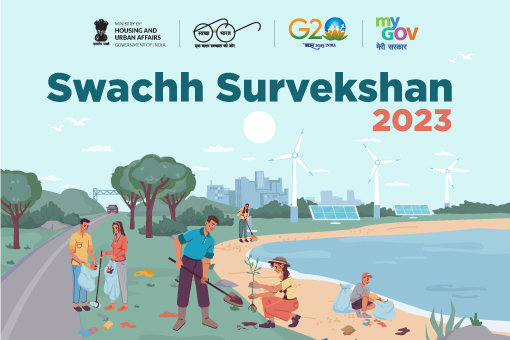
- 12 Jan 2024
Why is it in the News?
The President of India recently presented the ‘Swachh Survekshan Awards 2023’ at Bharat Mandapam in New Delhi.
What is Swachh Survekshan?
- Conducted annually, Swachh Survekshan is a comprehensive evaluation of cleanliness, hygiene, and sanitation standards in cities and towns throughout India.
- This initiative was launched as an integral component of the Swachh Bharat Abhiyan, specifically falling under the urban segment (SBA-Urban).
- Initiated by the Ministry of Housing and Urban Affairs (MoHUA), the survey is executed in collaboration with the Quality Council of India (QCI).
- The Swachh Bharat Abhiyan, launched on October 2, 2014, aims to achieve cleanliness and the eradication of open defecation in India by October 2, 2019.
- The campaign is bifurcated into rural (SBA-Gramin, overseen by the Department of Drinking Water and Sanitation under the Ministry of Jal Shakti) and urban (SBA-Urban, supervised by MoHUA).
- Recently, on October 1, 2021, SBM-U 2.0 was introduced, focusing on ensuring universal access to sanitation facilities. Within this framework, the vision of attaining a Garbage-Free India has been emphasized.
- Commencing with the first survey in 2016, covering 73 cities, Swachh Survekshan has expanded significantly to encompass 4242 locations in the 2020 survey.
- The evaluation methodology centres on two primary criteria: citizen feedback and field assessment.
- Objectives of Swachh Survekshan: The primary goal of Swachh Survekshan is to encourage large-scale citizen participation and create awareness amongst all sections of society about the importance of working together towards making towns and cities better places to reside in.
About Swachh Survekshan Awards 2023:
- Swachh Survekshan Awards 2023 were presented by President Droupadi Murmu at Bharat Mandapam, New Delhi, under the auspices of the Ministry of Housing and Urban Affairs (MoHUA).
- The theme for the year 2023 centred around "Waste to Wealth" emphasizing sustainable waste management practices.
- For 2024, the theme is “Reduce, Reuse and Recycle”.
- Indore (Madhya Pradesh) and Surat (Gujarat) jointly clinched the title of the cleanest cities in the country, with Navi Mumbai (Maharashtra) securing the third position.
- Remarkably, Indore maintained its top-ranking status for the seventh consecutive year.
- In the category of clean cities with a population of less than 1 lakh, Sasvad, Patan, and Lonavala secured the top three positions, while Madhyamgram, Kalyani, and Haora in West Bengal found themselves at the bottom.
- The cleanest cantonment was declared as Mhow Cantonment Board in Madhya Pradesh, and Chandigarh earned the SafaiMitra Surakshit Sheher recognition.
- In the Ganga Towns category, Varanasi and Prayagraj secured the first and second positions, respectively.
- Acknowledging overall cleanliness efforts, Maharashtra claimed the title of the best-performing state, followed by Madhya Pradesh and Chhattisgarh in the second and third positions.
- Odisha secured the fourth spot, with Telangana, Andhra Pradesh, Punjab, Gujarat, Uttar Pradesh, Tamil Nadu, Sikkim, Karnataka, Goa, Haryana, and Bihar following suit.
- Conversely, Rajasthan, Mizoram, and Arunachal Pradesh found themselves at the lower end of the ranking.
Govt’s ZED scheme for MSMEs hits 1 lakh certification milestone; check scheme’s details (Financial Express)
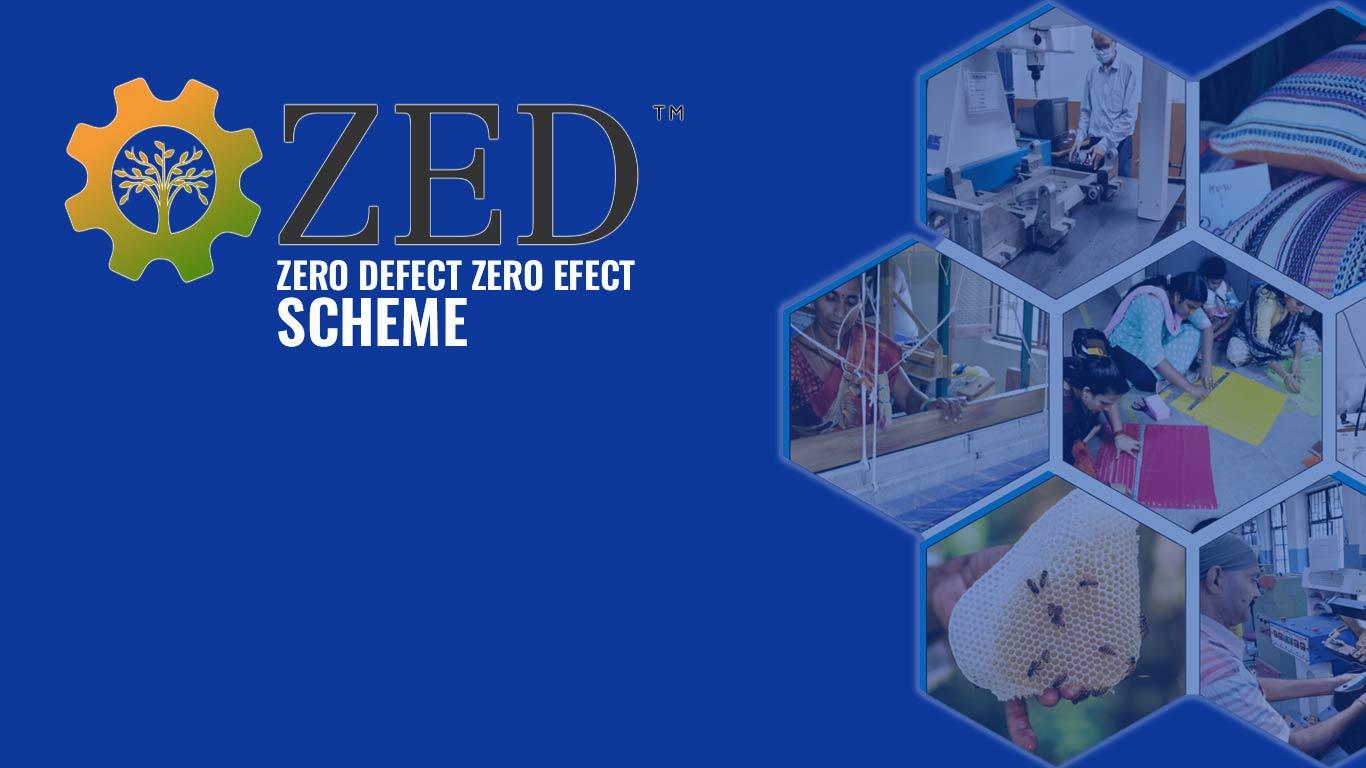
- 12 Jan 2024
Why is it in the News?
The Zero Effect, Zero Defect scheme (ZED) by the MSME Ministry, which aims to encourage environmentally sustainable manufacturing practices among MSMEs, has achieved the 1 lakh certification milestone
What is the Zero Effect, Zero Defect (ZED) Scheme?
- Launched in October 2016 and revamped in April 2022, the ZED scheme offers certification for environmentally conscious manufacturing under three certification levels (gold, silver and bronze) classified according to 20 performance-based parameters such as quality management, timely delivery, process control, waste management, etc.
- The scheme provides financial assistance of up to 75 per cent of the total cost of certification, with a maximum subsidy ceiling of Rs 50,000 along with up to Rs 2 lakh support for handholding/consultancy to achieve the next certification level.
- For technology upgradation, the scheme offers assistance of up to Rs 3 lakhs for moving towards zero effect solutions/pollution control measures/cleaner technology.
- MSMEs are charged Rs 10,000 for bronze certification, Rs 40,000 for silver certification, and Rs 90,000 for gold certification.
- In December 2023, the MSME Ministry made the ZED scheme free for women-led MSMEs.
- In addition, the government will now make a guaranteed payment of 100 per cent financial support for the certification cost under the scheme.
- The ZED certification is valid for three years and the MSME units are required to re-apply for the certificate as per the validity of the scheme.
- Currently, the scheme is applicable for manufacturing MSMEs only.
- The government hasn’t announced the scheme’s model for services MSMEs yet.
- The scheme is in line with the government’s plan to reduce the country’s CO2 emissions by 1 billion tons by 2030, reduce carbon intensity below 45 per cent by 2030 and finally make way for achieving a Net-Zero emission target by 2070.
- The ZED Certification envisages the promotion of Zero Defect Zero Effect (ZED) practices amongst MSMEs so as to:
- Encourage and enable MSMEs to manufacture quality products using the latest technology, and tools & to constantly upgrade their processes for the achievement of high quality and high productivity with the least effect on the environment.
- Develop an Ecosystem for ZED Manufacturing in MSMEs, to enhance competitiveness and enable exports.
- Promote the adoption of ZED practices and recognise the efforts of successful MSMEs.
- Encourage MSMEs to achieve higher ZED Certification levels through graded incentives.
- Increase public awareness of demanding Zero Defect and Zero Effect products through the MSME Sustainable (ZED) Certification.
- Identify areas to improve upon, thereby assisting the Government in policy decisions and investment prioritization.
Mamata asks PM to officially list Bengali as a ‘classical language’ (The Hindu)
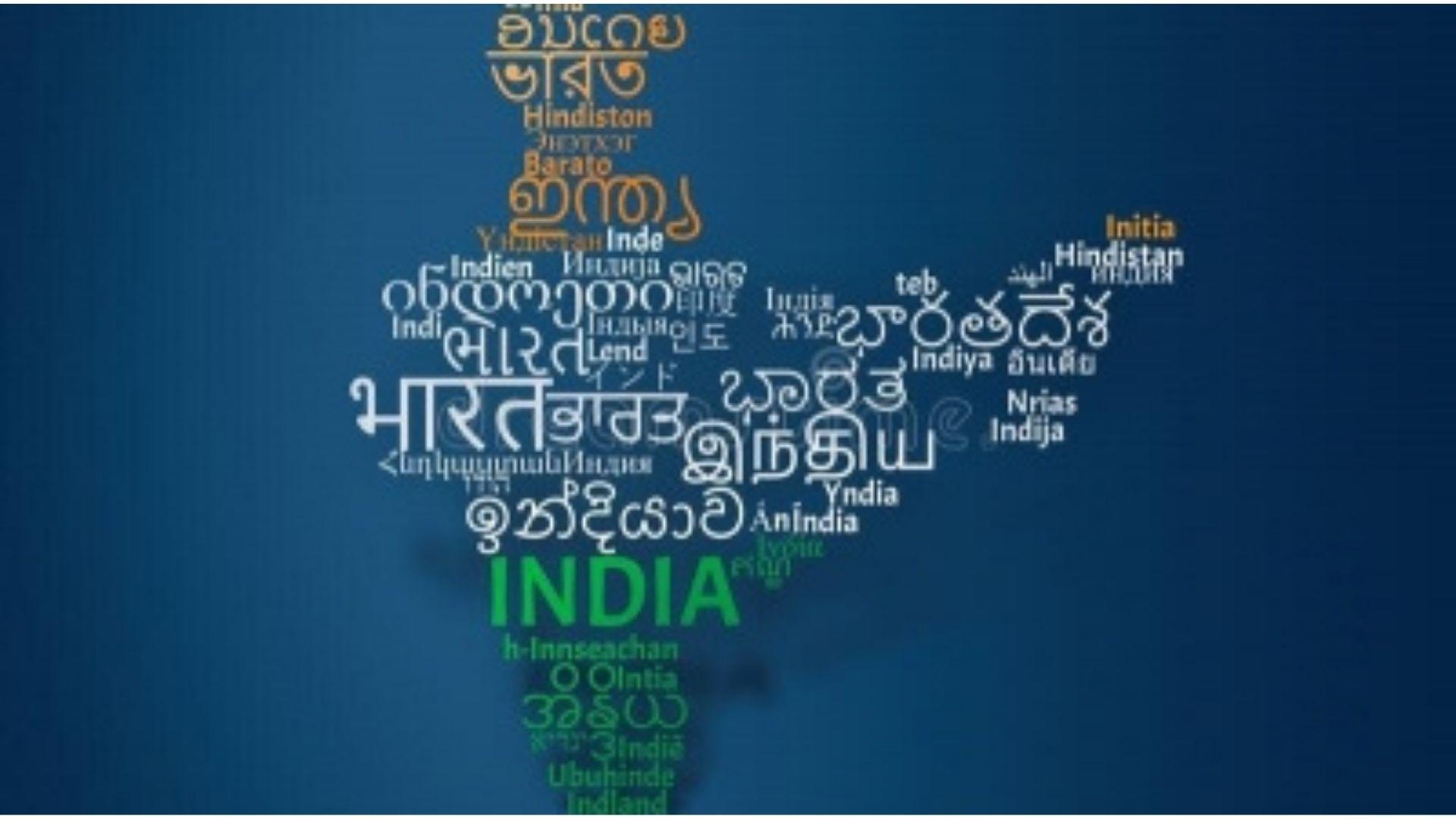
- 12 Jan 2024
Why is it in the News?
West Bengal Chief Minister Mamata Banerjee in a letter to Prime Minister Narendra Modi on Thursday asked the central government to officially list Bengali as a “classical language”
About the Classical Languages in India:
- The Ministry of Culture plays a significant role in providing guidelines concerning Classical languages.
- At present, six languages in India hold the status of 'Classical.'
- These include:
- Tamil (2004)
- Sanskrit (2005)
- Kannada (2008)
- Telugu (2008)
- Malayalam (2013) and
- Odia (2014)
- All these Classical Languages find a place in the Eighth Schedule of the Constitution.
The criteria for designating a language as 'Classical' encompass several key factors:
- Historical Significance: A language must boast high antiquity, with early texts or recorded history spanning 1500-2000 years.
- Rich Literary Heritage: The language should possess a substantial body of ancient literature or texts considered a valuable heritage by successive generations of speakers.
- Originality: The literary tradition of the language should be original, not borrowed from another speech community.
- Distinctive Identity: A Classical language and its literature must maintain a distinct identity from modern iterations, potentially featuring a discontinuity between the classical language and its later forms or derivatives.
Upon achieving Classical status, the Human Resource and Development Ministry extends various benefits to promote the language, including:
- International Recognition: Two significant annual international awards are instituted for scholars of eminence in classical Indian languages.
- Centers of Excellence: Establishing a dedicated Centre of Excellence for Studies in Classical Languages.
- Academic Support: Encouraging the University Grants Commission to initiate Professional Chairs for Classical Languages, particularly in Central Universities, to foster academic research and development.
The Bengali Language:
- Bengali serves as the official language of West Bengal and holds the same status in Bangladesh.
- It stands as the second most spoken language in India and ranks as the seventh most spoken language globally.
- As an Indo-Aryan language indigenous to the Bengal region of South Asia, Bengali employs a script derived from Brahmi, an ancient Indian script.
- Notably, Bengali is written from left to right.
